4 front garden plants that can prevent your home flooding

Transforming gravel and tarmac driveways into 'rain gardens', by introducing rain-tolerant plants, can help protect UK homes against flooding, the Royal Botanic Garden Edinburgh has found.
Their case study was a rain garden in Edinburgh. Planted last spring, it featured a range of carefully-selected plants in a special mix of soil, compost, sand and gravel. After heavy rain fell, the garden successfully absorbed the excess water and reduced flooding on nearby paths.
"We should not be fighting against nature, we should be living in harmony with it," Kirsty Wilson, a garden designer at the Royal Botanic Garden Edinburgh, told The Times.
"Don't tarmac your garden. We can do so much more to mitigate the effects of climate change with native and non-native plants."
Some plants that are particularly good at soaking up rain water include:
1. Goatsbeard
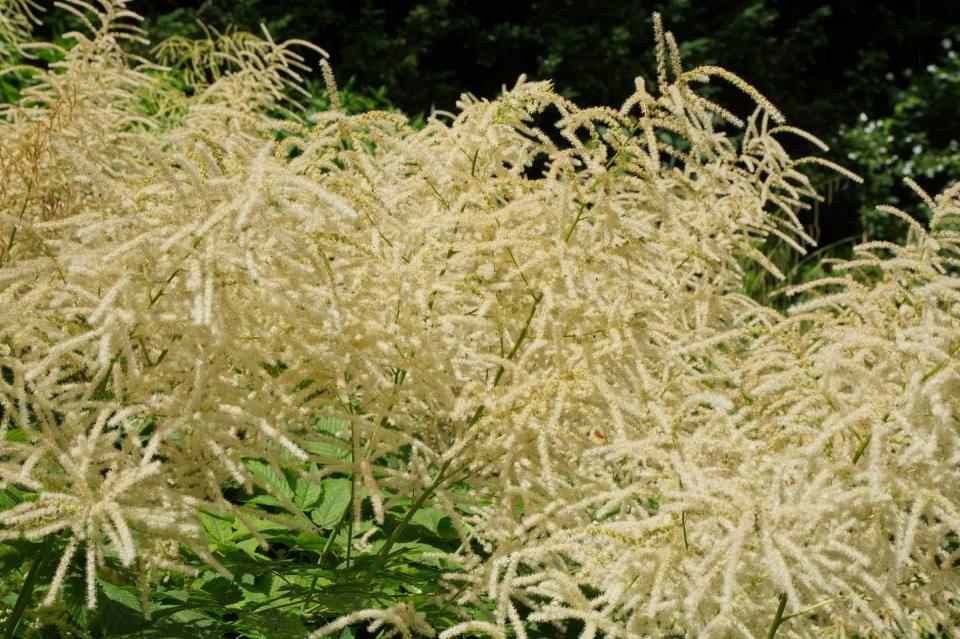
2. Giant rhubarb
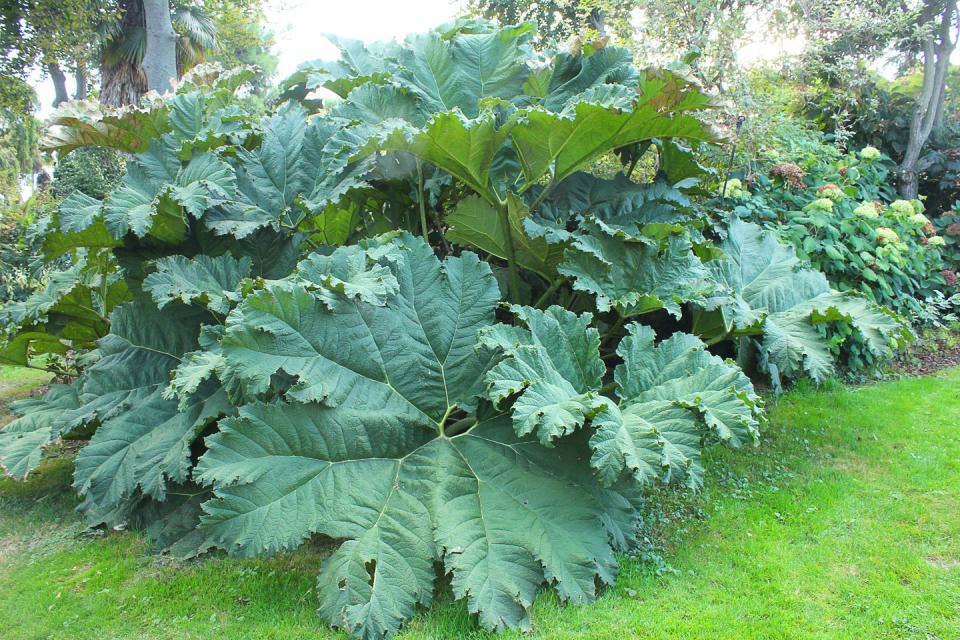
3. Leopard plants
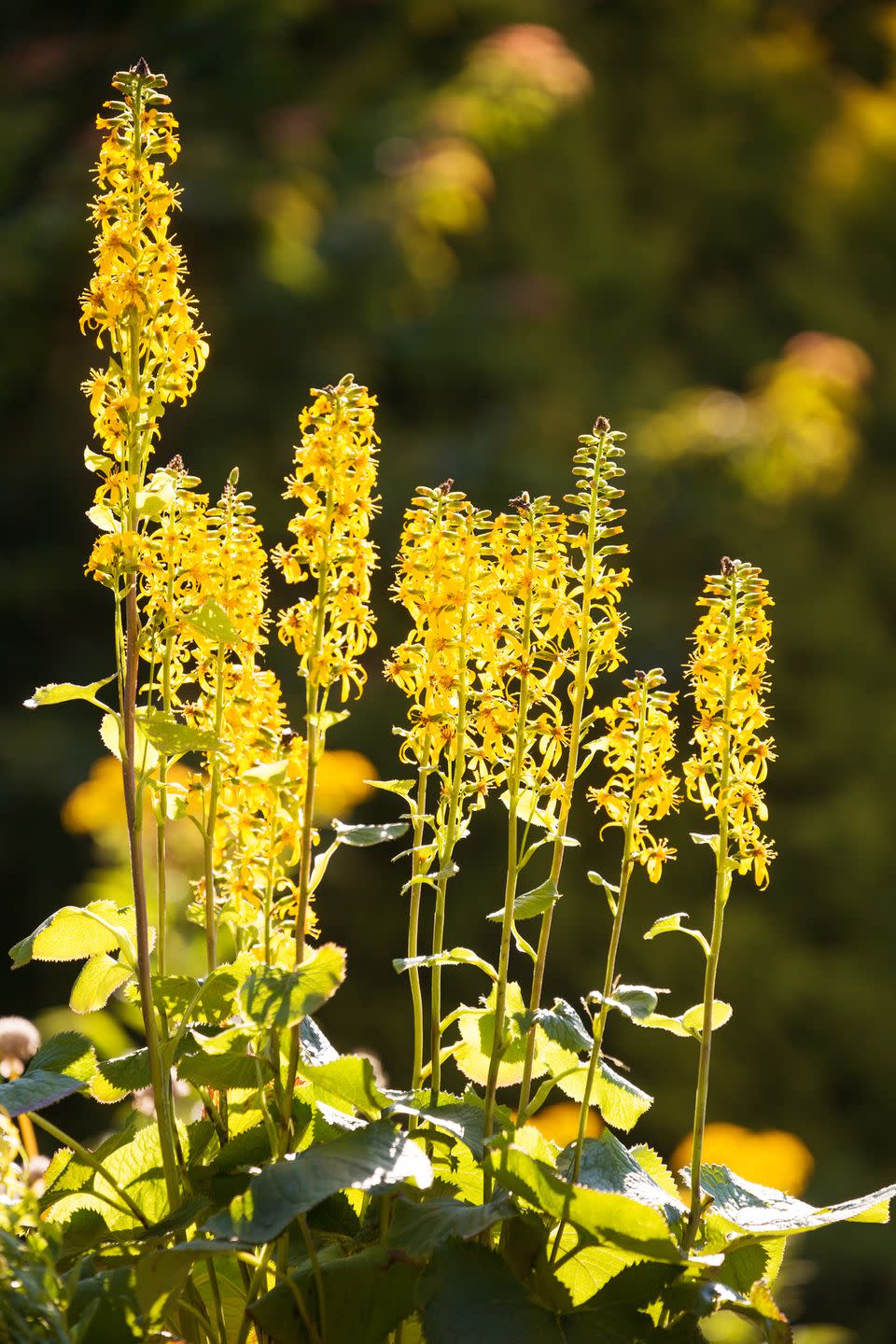
4. Granny's bonnet
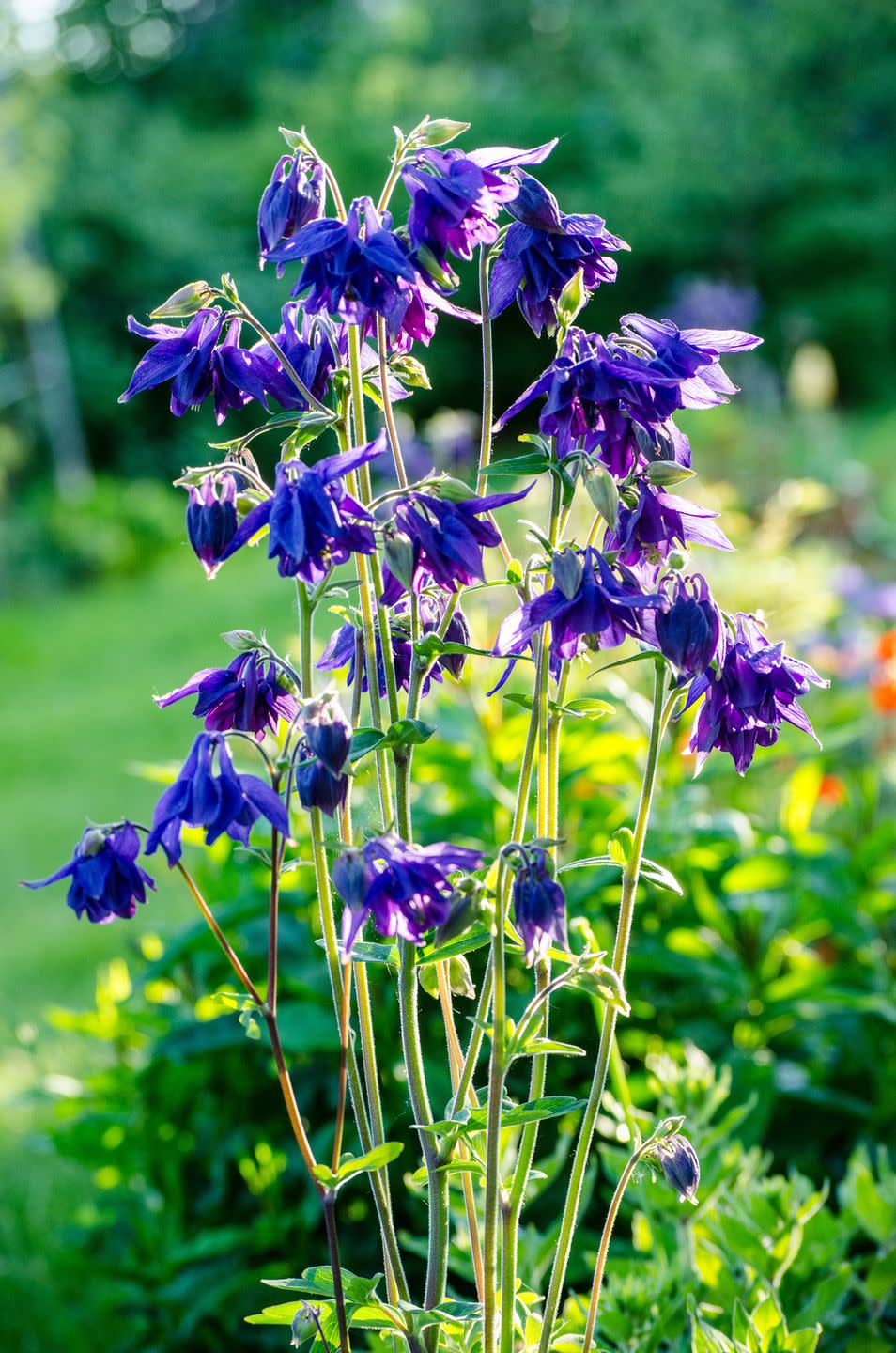
The UK's recent weather fronts, Storm Ciara and Storm Dennis, have sadly flooded many properties and brought transport to a standstill. Welsh villages have suffered the most, with severe flooding bringing danger to life warnings to many areas.
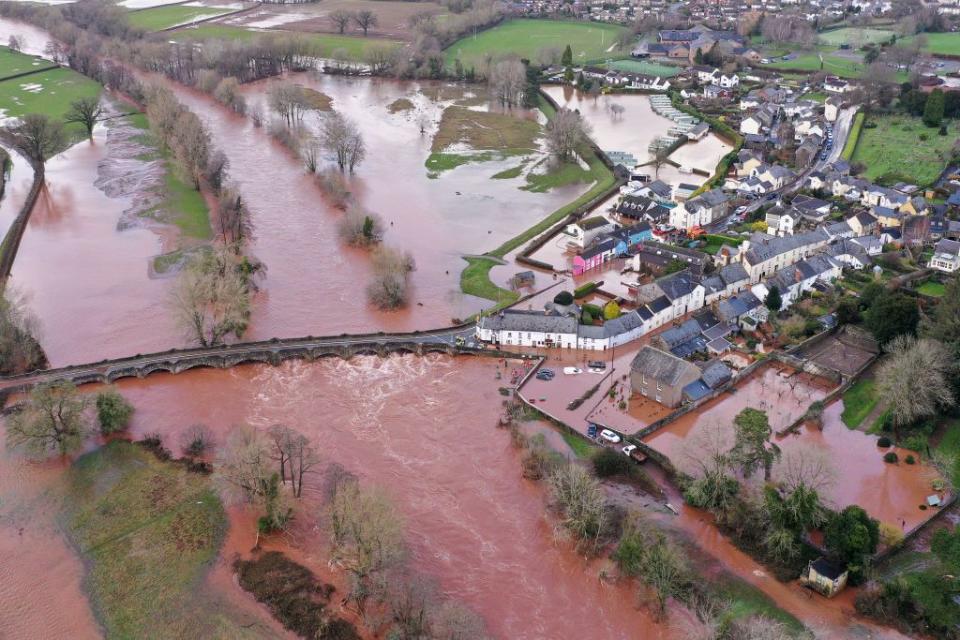
What is a rain garden?
Rain gardens, also known as bioretention facilities, cleverly catch water and then slowly infiltrate it back into the soil. Generally formed on a natural slope, a rain garden is designed to temporarily hold and soak up excess water.
Some of the benefits of a rain garden include:
They're incredibly low maintenance and won't need watering
They can absorb up to 30% more water than just grass
Reduces erosion by slowing down heavy rainfall
Increased planting will attract a whole host of birds and insects
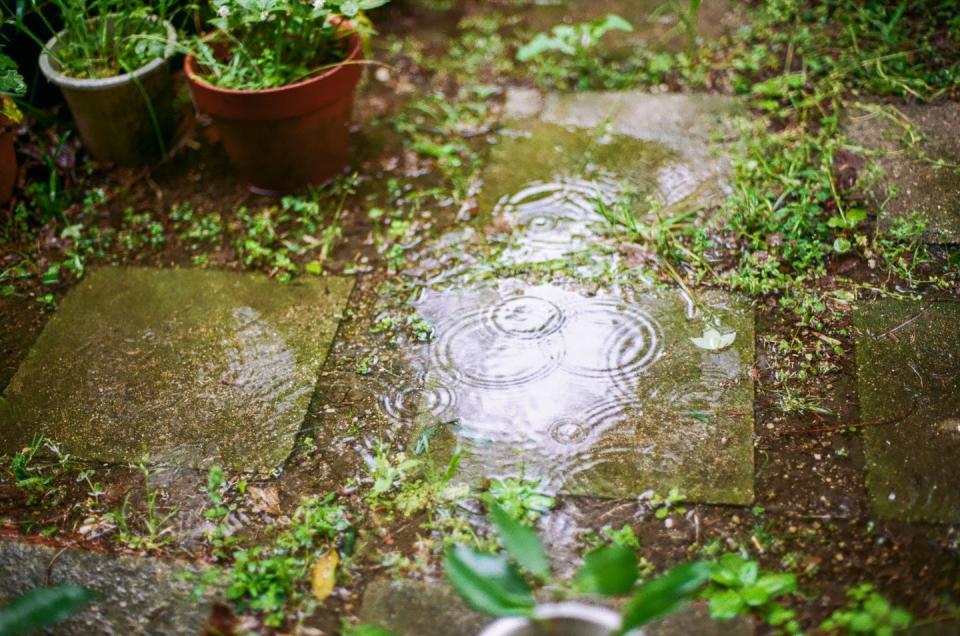
The RBGE also explain that rain gardens could be an answer to helping combat climate change. David Knott, curator of living collections at RBGE, tells the Daily Mail: "This experimental garden will be helpful in understanding and planning future site management strategies for coping with an unpredictable, changing climate and ensuring uninterrupted provision of the important public amenity at RBGE.
"Not only will the rain garden provide a simple, attractive and wildlife friendly way of reducing flood risk, it will also provide inspiration and knowledge for visitors and other institutions who may need to solve a similar problem."
The best time to build your own rain garden is when the weather is reasonably dry, so opt for the summer months.
Like this article? Sign up to our newsletter to get more articles like this delivered straight to your inbox.
You Might Also Like


